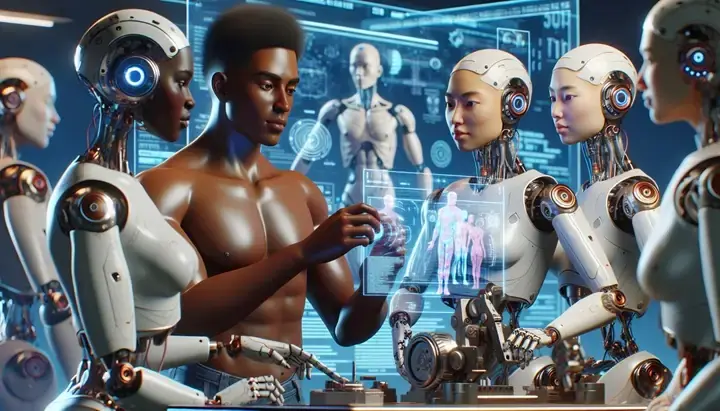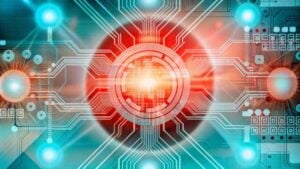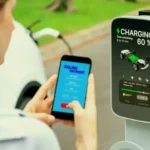The Future of Robotics: 10 Billion Humanoid Robots by 2040
Estimated reading time: 3 minutes
Elon Musk has made a bold prediction about the future of humanoid robots. He believes that by 2040, there will be 10 billion robots walking among us. This staggering number could mean that humanoid robots will outnumber humans significantly. As technology advances, the integration of robots into our daily lives seems inevitable.
Take a read: Robots playing Chess.
The Rise of Humanoid Robots
Musk shared his vision at the Future Investment Initiative conference in Riyadh. He discussed how these humanoid robots could revolutionize various industries. They will perform tasks ranging from household chores to complex jobs in factories. The potential applications are vast and exciting.
Musk mentioned that these robots would be priced between $20,000 and $25,000 each. This price point makes them accessible to many consumers and businesses. As production scales up, costs may decrease even further. This could lead to widespread adoption.
Tesla Optimus – humanoid robot from the house of Elon Musk.
Also Read: Humanoid Robot sets new speed record.
Benefits of Humanoid Robots
Humanoid robots offer numerous benefits that could enhance our lives:
- Increased Efficiency: Robots can work tirelessly without breaks, increasing productivity in various sectors.
- Cost Savings: Over time, businesses can save money by using robots for repetitive tasks.
- Improved Safety: Robots can handle dangerous jobs, reducing risks for human workers.
- Enhanced Quality of Life: In homes, robots can assist with daily tasks, allowing people to focus on more meaningful activities.
Also Read: 10 Inspiring Innovations in Computer Science.
Humanoid Robots: Challenges Ahead
Despite the excitement surrounding humanoid robots, challenges remain. One major issue is the ethical implications of widespread robot use. As humanoid robots take on more roles, questions arise about job displacement for humans. Society must address these concerns to ensure a smooth transition.
Another challenge is the technology itself. While advancements are rapid, creating robots that can navigate complex environments and interact naturally with humans is still a work in progress. Companies must invest in research and development to overcome these hurdles.
Also Read: Future of AI and Chemistry.
A Vision for the Future
Musk’s vision reflects a significant shift towards automation in our society. “We are moving towards a future where humanoid robots will become part of our daily lives.” This statement emphasizes the importance of preparing for this change.
As we look ahead to 2040, it’s crucial to consider how we will integrate these robots into our world. Will they enhance our lives or create new challenges? Only time will tell.
Also Read: Robots as Collogues.
Conclusion
The idea of having 10 billion humanoid robots by 2040 opens up exciting possibilities. From increased efficiency to improved quality of life, the benefits are compelling. However, we must also address the challenges that come with this technological revolution.
As we continue to innovate and explore new frontiers in robotics, one thing is clear: the future is bright for humanoid robots. They could become an integral part of our society, transforming how we live and work.
For more intriguing insights into other STEM-related topics, visit ENTECH Online. Explore our digital magazine dedicated to inspiring teenagers and young adults to pursue their passions in science, technology, engineering, and mathematics.






